Dyson Purifier Humidify+Cool Formaldehyde (Nickel/Gold)
Purifier. Humidifier. Fan. All In one. Automatically senses, captures, and traps pollutants for cleaner air. Detects and destroys formaldehyde. Purifies and humidifies the whole room.
Automatically purifies and hygienically humidifies for a healthier, more comfortable environment
The latest Dyson purifier humidifier is engineered to help improve your air quality. Dyson’s most advanced filtration system combines a precise, solid-state formaldehyde sensor with a unique catalytic filter that continuously destroys formaldehyde. An activated carbon filter removes gases and odors and a HEPA filter captures 99.97% of particles 0.3 microns in size. And powerful Air Multiplier™ technology projects purified, humidified air throughout the room.
Additional information
| Height | 36.33 in |
|---|---|
| Length | 12.28 in |
| Width | 11.02 in |
| Weight | 18 lb |
| Airflow at max. setting | 87 gallon |
| Oscillation/Angle | 90 degrees |
| Cord length | 6 ft |
| Number of speed settings | 10 |

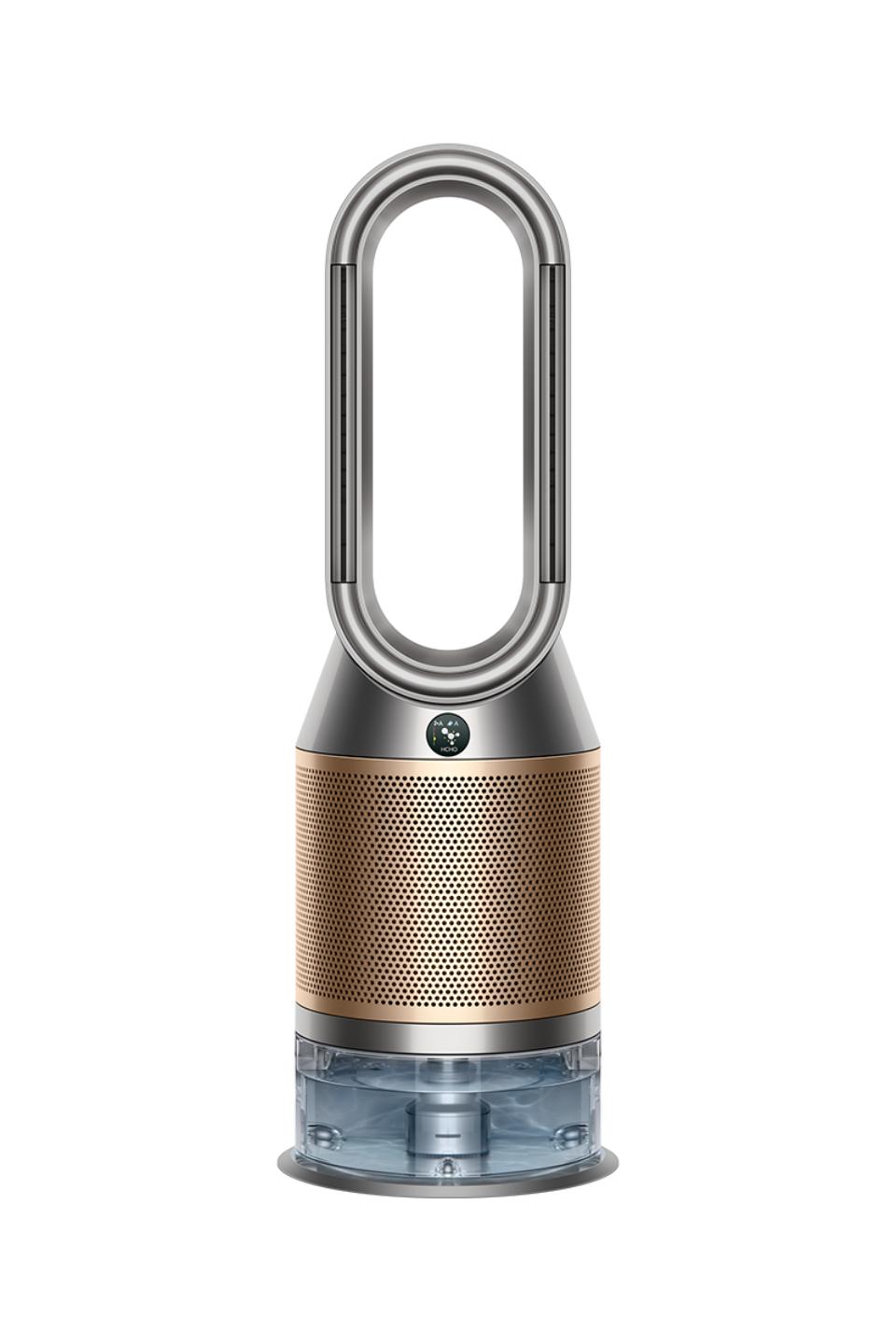
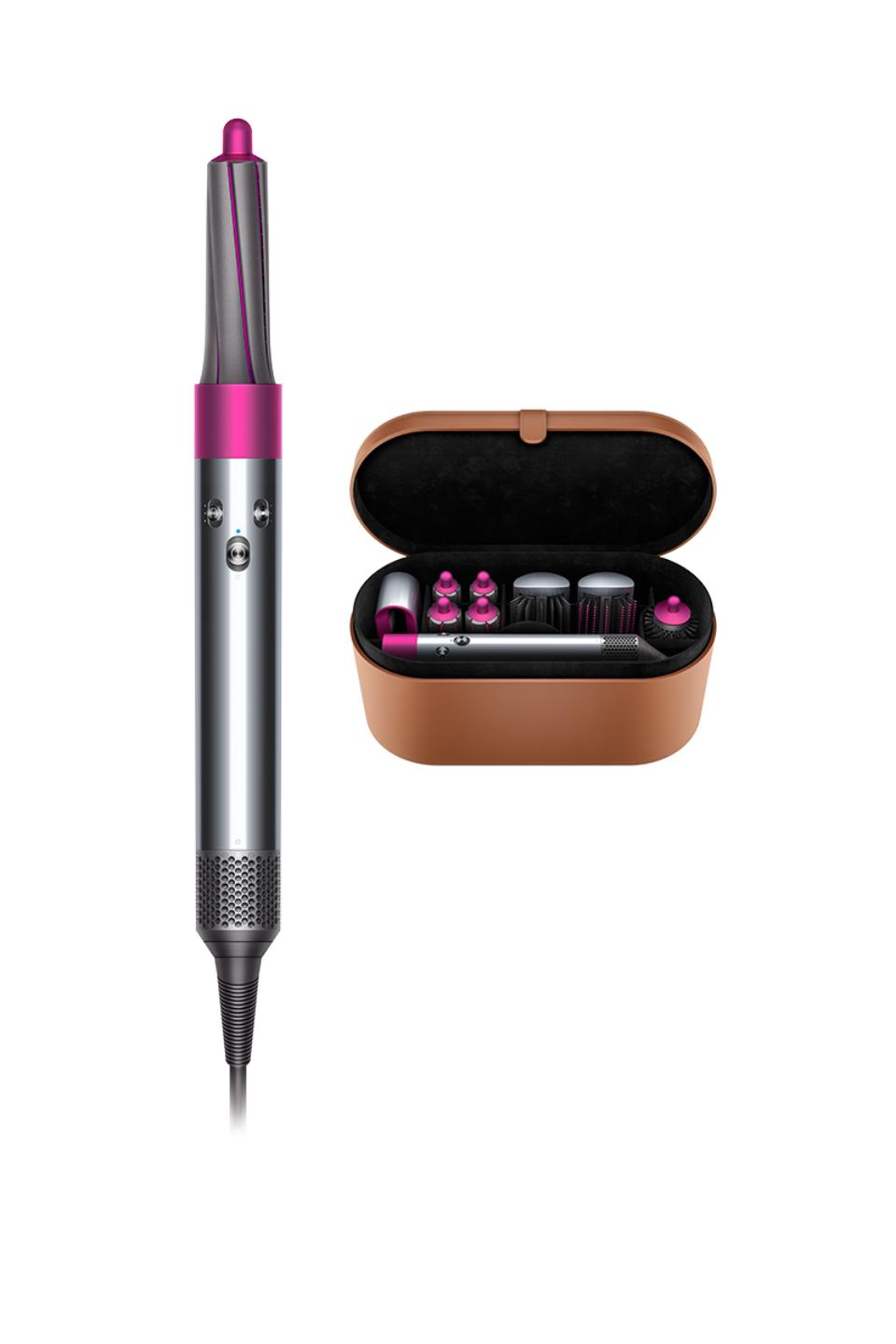
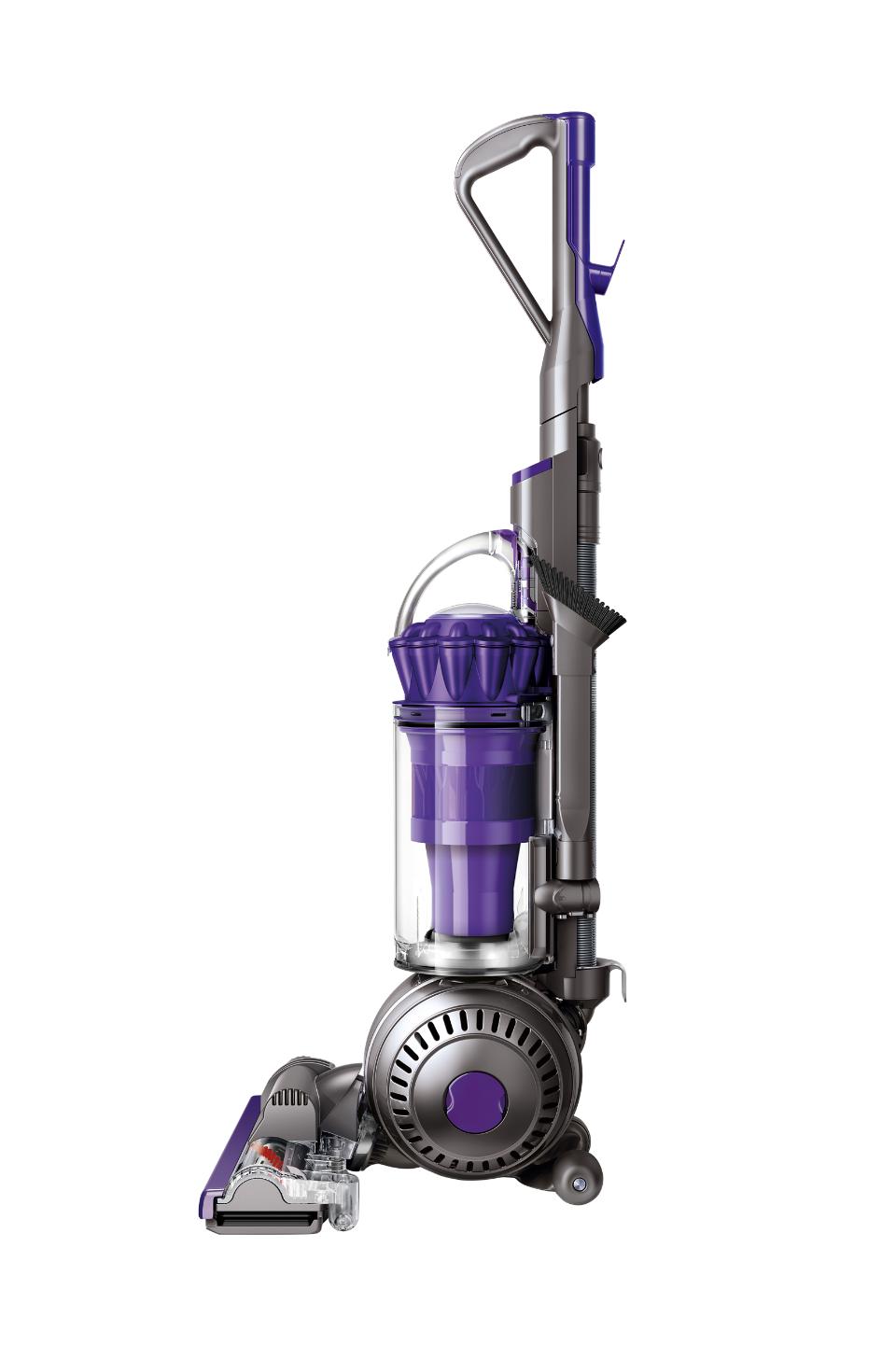
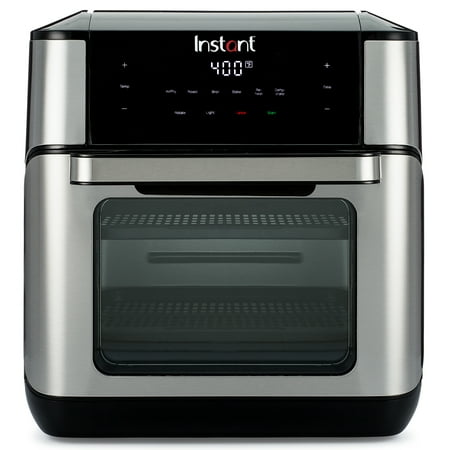
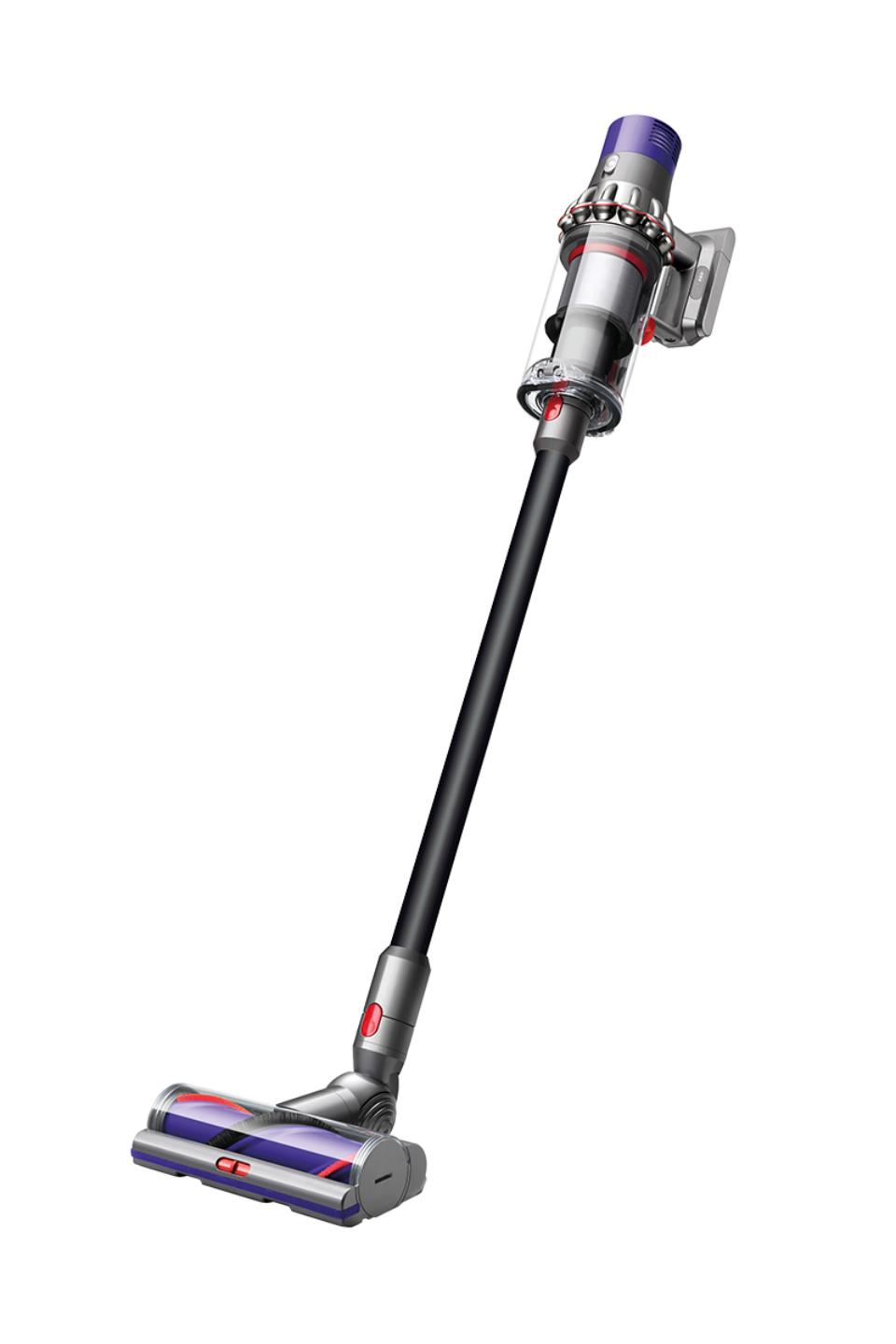
by Dave
I am very pleased with this device. The air purification seems to work really well, the fan is quiet and moves a lot of air. Have just started using the humidifier here in MN but super easy to use. I’m surprised how much I like using the Dyson Link app, but very convenient for notifications of when to add water.
by Papachill
Our Dyson Pure Humidify+Cool Formaldehyde PH04 arrived almost a week ago.On a scale of 1-5 we rate it:
Packaging and protection. 5
Ease of acquiring and using the App. 5
Useful information from App. 5
Ease of use and layout of remote. 5
Auto modes for fan and humidity. 5
Night mode. 5
Quiet in fan speeds 1-4. 5. Fan speeds 5-10 are more noticeable as expected.Love the ability to reverse directions and oscillate.
Humidity function. 5 Actually delightful and refreshing and has improved our breathing. Easy to fill the tank and uses very little water.
Design 5. Bigger than we expected.
Unable to evaluate the cooling effectiveness as it is Fall.
Unable to evaluate the deep cleaning cycle as we have only had it a week.
Unclear if the machine or App will tell us to clean or replace the filters.
Overall rating is a definite 5. It gives us clean, fresh air continuously and looks great doing it. A healthy and stylish addition to our home. We look forward to challenging it in our dry, smokey summers.
by Billy
This machine is pretty amazing. It’s very sleek looking and draws attention. At first look upon unboxing I thought it was fairly large. But I got used to this quickly. I love how it can constantly measure the air quality and adjust automatically. The humidifier function is an added bonus, although I haven’t had the need for that as it is relatively rainy in southeast Michigan. My wife who has allergies has noticed a breathable difference. The ability to control the machine from my phone is very convenient as well.
by Dan
I received this machine a week ago and it has been running non-stop since I took it out of the box. I’ve owned many air purifiers over the years and Dyson machines are far and away the best I’ve ever used. They are meticulously engineered and the design is aesthetically pleasing.
I initially setup the machine in my living room, but I decided after a few hours that it would be better suited to a bedroom. Previous Dyson air purifiers that I have used seem to have a much larger oscillation range as the whole unit moves. On this new PH04, only the fan slits oscillate. You have options for 45º or 90º. With that in mind, I placed the machine in a corner at an angle to provide maximum airflow in the room. As far as I can tell, it is doing its job very well. The air definitely smells cleaner in the room. Bonus: No more dog odor! (The dog sleeps in this room a lot).
As for setting up the machine, it could not have been simpler. I was already using the Dyson app with my other machines so it was as simple as selecting “Add new machine.” Everything was ready to go in under a minute. The app itself provides a wealth of information about the air quality in the room and it also allows for easy control and scheduling of the machine. Most of the same info is also available on the screen of the PH04.
As it has been relatively humid in my area lately, I’ve not yet had an opportunity to try out the humidifier portion of the PH04, but I look forward to doing so. Would I recommend this machine? In a heartbeat. I expect years and years of fresh, clean air in my bedroom with nary a hint of doggie odors.
by Sunkist
Hi – we’ve been a Dyson air purification fan for years and just got this machine to also help humidify the air. We have a young baby so humidifiers are running through the house. Once we started this machine, added it our app, and got it going, it really shined. The air is so clean without dust, smells go away fast and the baby breathes nicely without the dryness.
by Shyde
I was extremely excited to get this out of the box and running! Once out of the box, setting up the unit and also getting it connected to my Dyson app was super easy. You just hold your phone up to the fan, easy enough right. As for performance, it’s on par with other Dyson fans and purifiers I’ve had on the past. With someone with two dogs and allergies this is a must for my home. The humidifying is a new feature to my previous Dyson fans and so I’m looking forward to that this winter. I currently have the fan and humidifier settings on auto and everything is great. Again, super simple.
by Cynthia
We have 2 automatic cat litter boxes and no matter how clean they are kept or how many air fresheners were plugged in the house still had that litter box smell. After setting up the Dyson Purifier Humidify + Cool near the boxes it didn’t take long for us to notice that “the smell” was gone. Not only was the smell gone but the entire house had a clean air “fresh smell”. We found the automatic setting to be the best setting for our needs. I recommend this Dyson Purifier Humidity + Cool which will make your home smell great. Helpful hint :
The instructions downloaded were not the best. Better to download the Dyson Alexa app for clearer instructions.
by Breathe
I couldn’t wait to unplug this air purifier/ humidifier when I received it. Setup was simple and the unit connected to my home wifi effortlessly.
I have a few other Dyson purifiers, without a humidifier, and I can see the humidifier will be a great help, especially in the winter when the furnace or fireplace are frequently used. The way the unit breaks down the types of pollutants is impressive. The water chamber holds a significant amount of water so I don’t think it will need to be filled too often.
Great product so far!